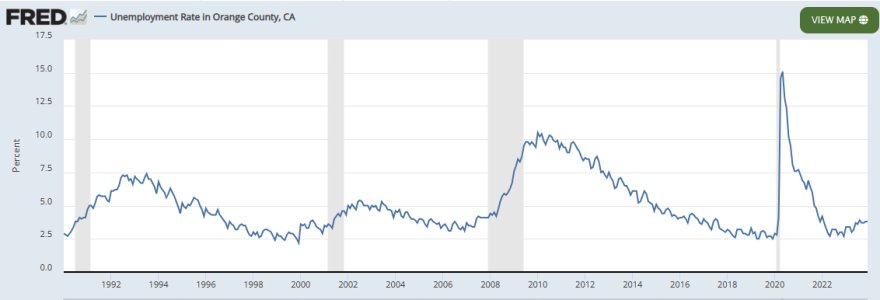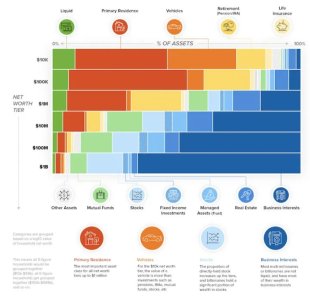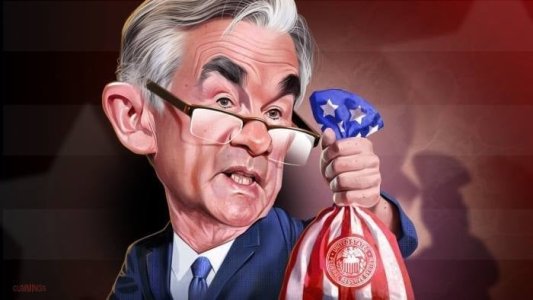irvinebullhousing
Well-known member
Easy fix,
Just buy more Irvine homes.
Just buy more Irvine homes.





The Fed will not cut rates in the Apr/May meeting and June meeting. The Fed raised rates too late to fight inflation. They will again start to cut rates too late. They will not cut because the inflation is headed towards 2%, but will be forced to cut. Welcome to Bidenomics, a broken economy with fake economic and unemployment numbers that doesn't seem to make sense.
Fed Meetings:
Apr/May 30-1
June 11-12
July 30-31
Sept 17-18
Nov 6-7
Dec 17-18
This can't be correct. I thought inflation was transitory?Fed holds interest rates at 23-year high, citing 'lack of further progress' on inflation
